A Generation of Conservation
Celebrating 30 Years of Impact

The Fort Worth Zoo opened its doors in 1909 with one lion, two bear cubs, an alligator, a coyote, a peacock and rabbits. The Zoo was owned and operated by the City of Fort Worth. The Fort Worth Zoological Association (FWZA) was formed in 1939 in an effort to raise additional funds. By the 1980s, the Zoo was facing decreasing support and funding from the City and the FWZA was basically defunct.
Ramona Seeligson marries Lee Bass and moves to Fort Worth. Under her leadership with the invaluable support of the FWZA, the Fort Worth Zoo has been transformed from a declining municipal zoo to a world-class institution and leader in conservation, animal care and education. She has been the driving force behind this renaissance, including construction planning, master-plan design, animal conservation, education and development of core messages. Just as important, with the help of so many others in Fort Worth — loyal and generous donors, incredibly hardworking staff and keepers, passionate board members, and all those who have come to enjoy the Fort Worth Zoo – she has raised $300 million and counting.
1983
- As the oldest, continuous zoo site in Texas, the Fort Worth Zoo is a dying enterprise and it seems no one in Fort Worth is willing to take it on.
- The Zoo does not meet USDA guidelines for animal care and indeed does not even meet many of the City’s own code requirements.
- Following a visit to the Zoo and realizing its poor conditions, Ramona Bass decides something must be done and embarks on an effort to save the Fort Worth Zoo. She recruits a group of native Fort Worthians to her cause, most notably the Tennison family.
- There is no functioning Fort Worth Zoological Association (FWZA), so she and this group reestablish it and create a new board of directors and executive committee.
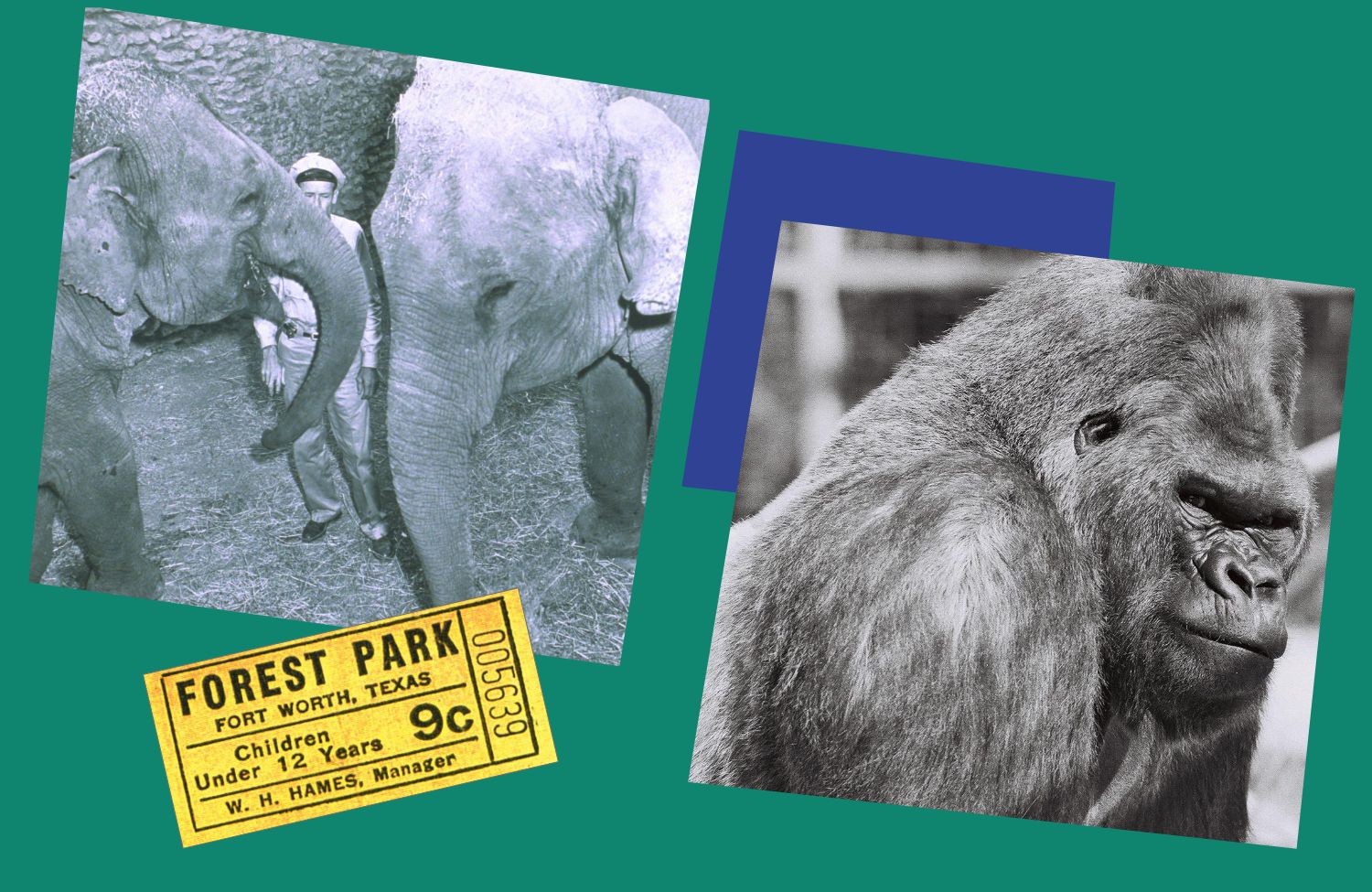
1985
- The Asian elephant breeding facility opens. The facility includes a new temperature-controlled barn, 4-acre habitat and 3,200-gallon swimming pool and is considered one of the best in the nation at the time.
- Chaired by Ramona Bass, Kit Moncrief and Whitney More, the FWZA holds its first annual Zoo Ball fundraising gala.

1989
- FWZA assumes management of the construction of the new World of Primates habitat to ensure the project is delivered on time and on budget for the citizens of Fort Worth.

1990
- Ramona Bass and Kit Moncrief assume leadership of the Zoo as cochairs of FWZA’s board of directors.
- FWZA approaches the City of Fort Worth about creating a public-private partnership to manage the Zoo.
- Led by Ardon Moore, FWZA president, the Fort Worth Zoo negotiates a contract with the City of Fort Worth.
- Ramona and Lee Bass underwrite the risk of this privatization partnership by agreeing to fund and/or raise the needed monies.

1991
- FWZA assumes complete management of the Zoo from the City of Fort Worth in October. The Zoo shuts down for the first time in history to undergo massive renovations.
- The management contract between the FWZA and the City of Fort Worth becomes a model and inspiration for other zoos and museums around the country.
- The Zoo establishes a focus on conservation of numerous species including, but not limited to, the southern black rhino. The Zoo, along with its partner ranch, is the most successful breeder in North America of the critically endangered southern black rhino.
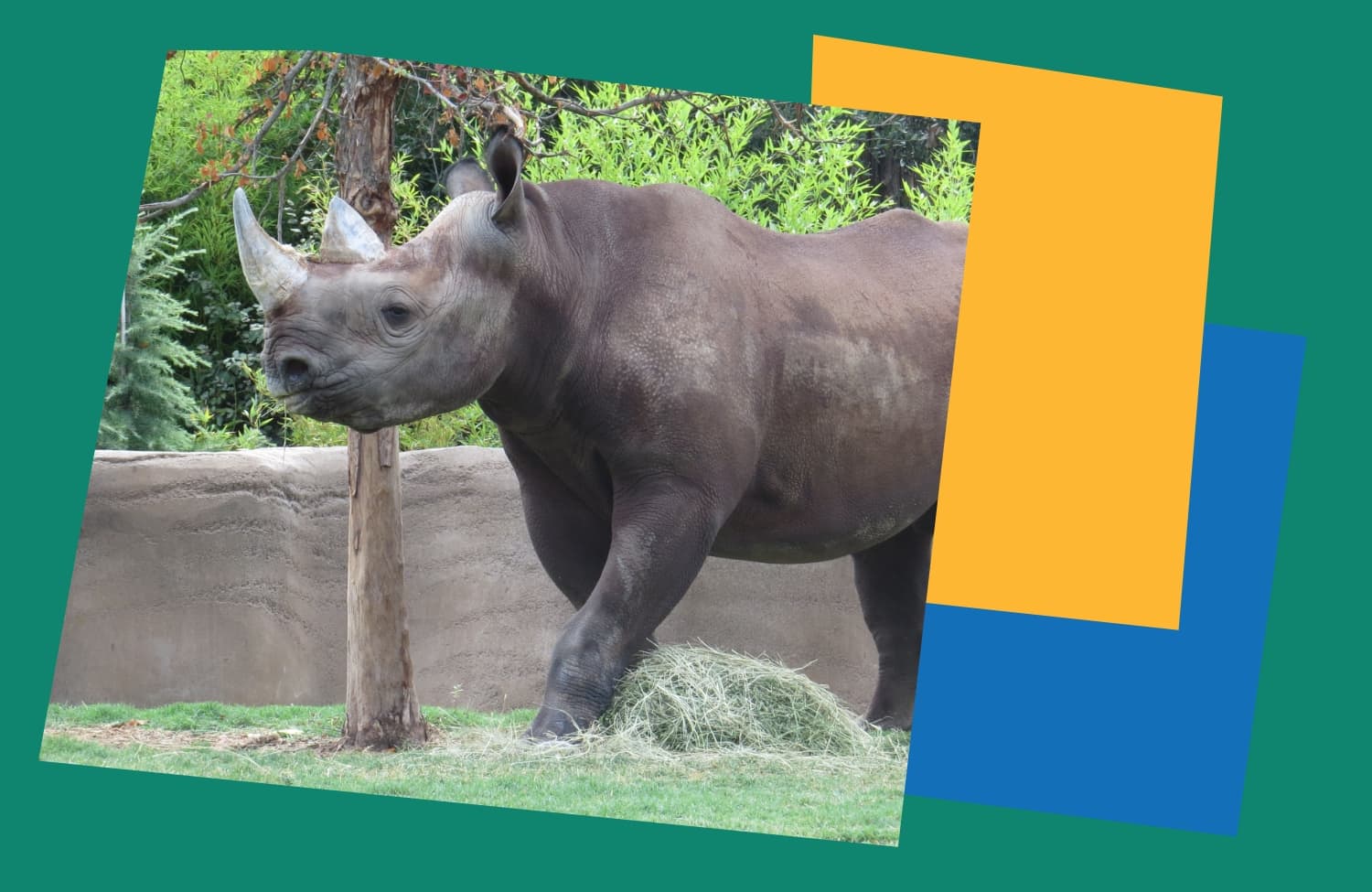
1992
- A grand re-opening of the “New Zoo in ‘92” takes place with two new habitats:
- World of Primates and Asian Falls, as well as 64 acres full of fresh, new elements to enhance the visitor experience, such as shade structures, water misters, and new food, beverage and merchandise areas.
- The year of the grand re-opening, attendance doubles to 1 million guests. The Zoo continues to welcome 1 million visitors and more every year.
- FWZA launches the first marketing and public relations campaigns for the Fort Worth Zoo, which begins the decades-long string of awards and recognitions for the Zoo.
- The first annual Boo at the Zoo is held as a fun, festive way to offer the community a family-friendly event.

1993
- Michael Fouraker joins Zoo staff as director of animal programs and conservation.
- The International Rhino Foundation is established with the Fort Worth Zoo as one of the founding members. This global organization is dedicated to the survival of the world’s rhino species through conservation, field work and research.
- Raptor Canyon, a space dedicated to some of the world’s largest and rarest raptor species, opens.
- Asian Rhino Ridge opens, which marks the Zoo’s commitment to the conservation of this species.
- Portraits of the Wild Art Gallery opens as a unique event space on Zoo grounds. The building includes the largest collection in the world of renowned German wildlife painter Wilhelm Kuhnert in the world, graciously donated by former FWZA board president F. Kirk Johnson and his wife, Elizabeth “Bess” Johnson.
- The Zoo establishes a focus on conservation of the Jamaican iguana. To date, the Zoo has released approximately 500 Jamaican iguanas into the wild.

1994
- The Gloria Lupton Tennison Education Center opens and allows the Zoo’s formalized education programs to expand and reach a greater number of children in the community.
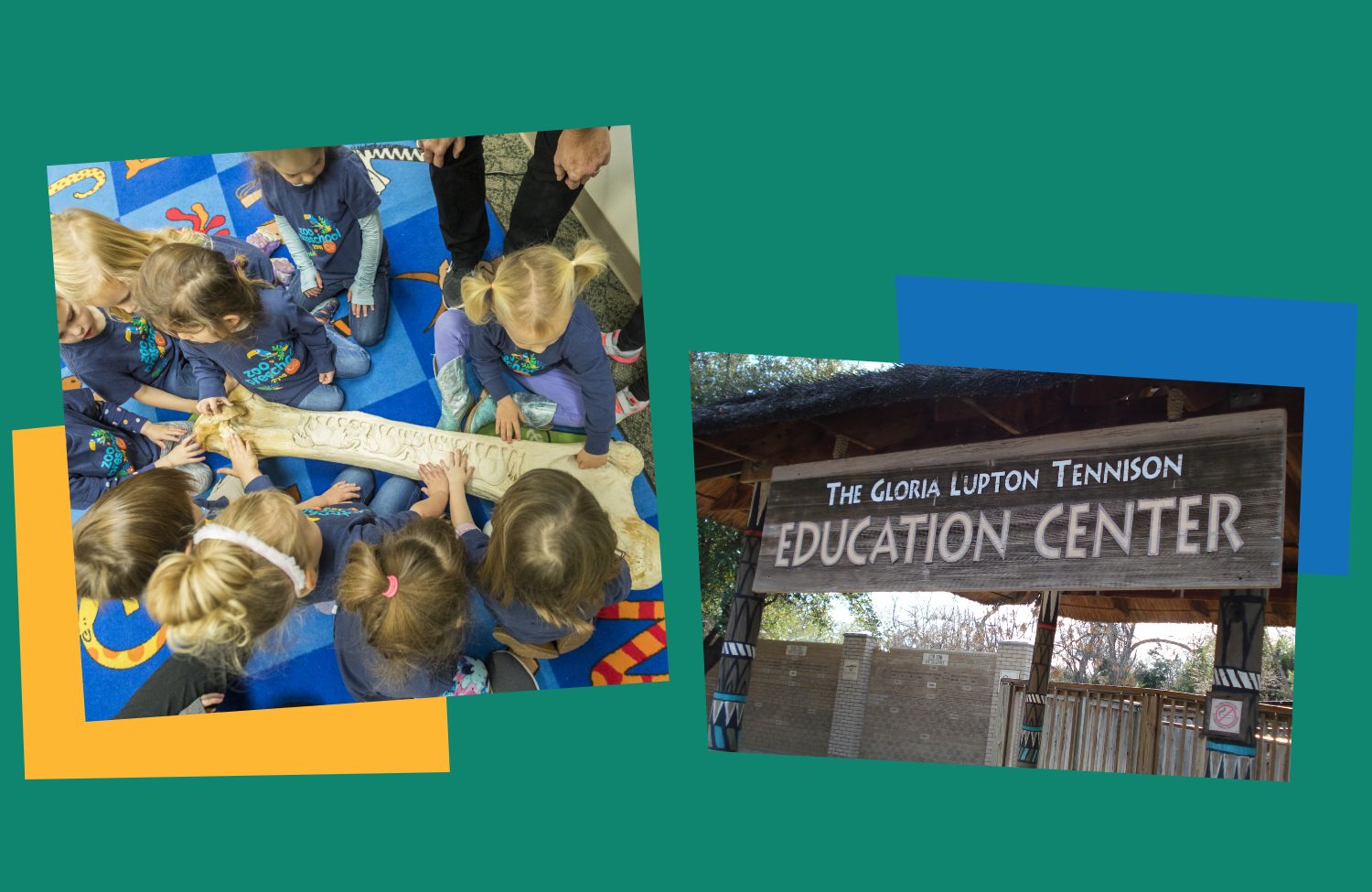
1995
- Three new habitats open:
- Flamingo Bay, which begins the decades-long successful breeding program for multiple flamingo species.
- FUJIFILM Komodo Dragons (This species now resides in the Museum of Living Art)
- Terminix Insect City (These species currently reside in the Museum of Living Art)
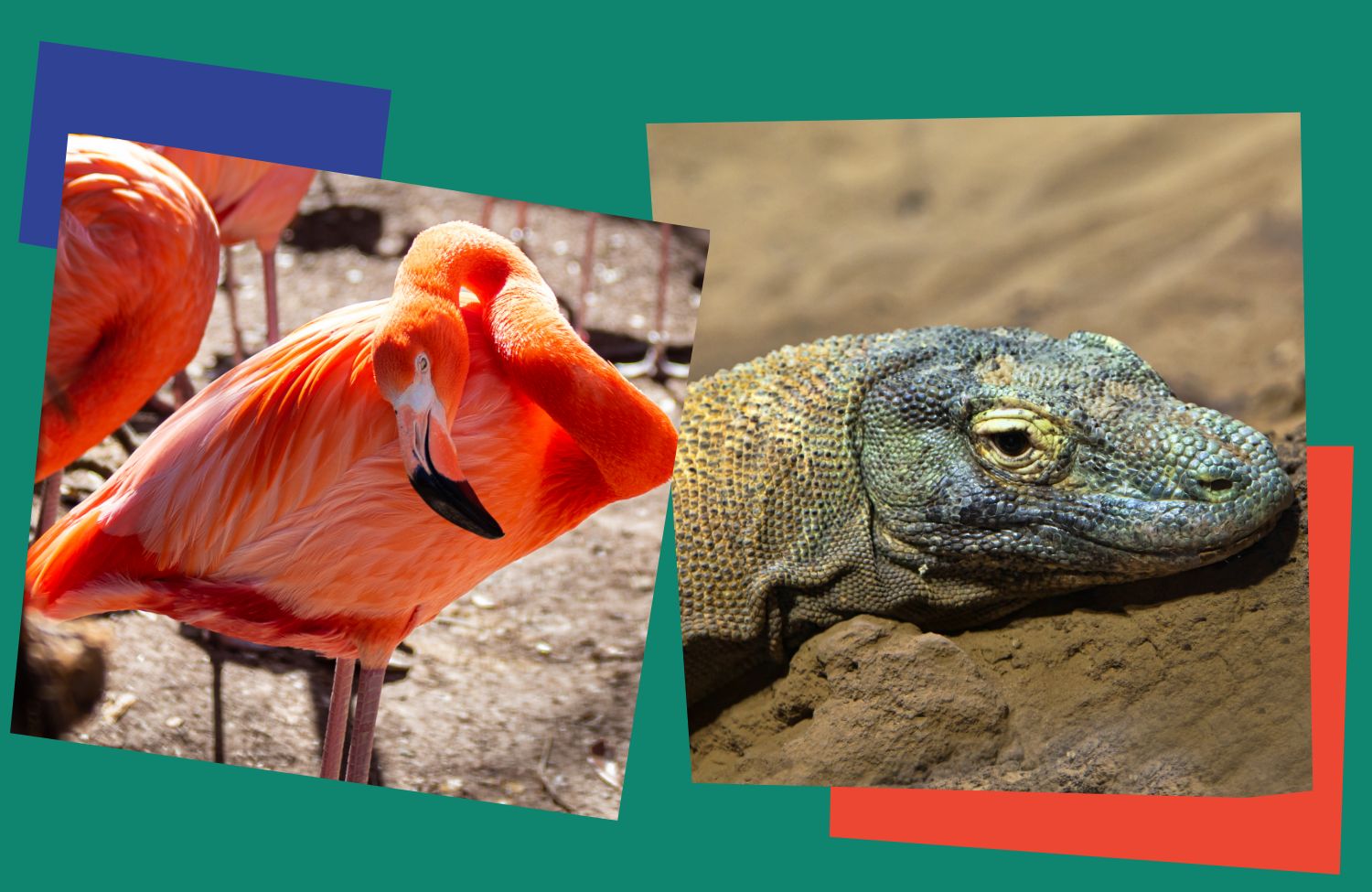
1997
- Meerkat Mounds opens. (The mob now resides in African Savanna.)
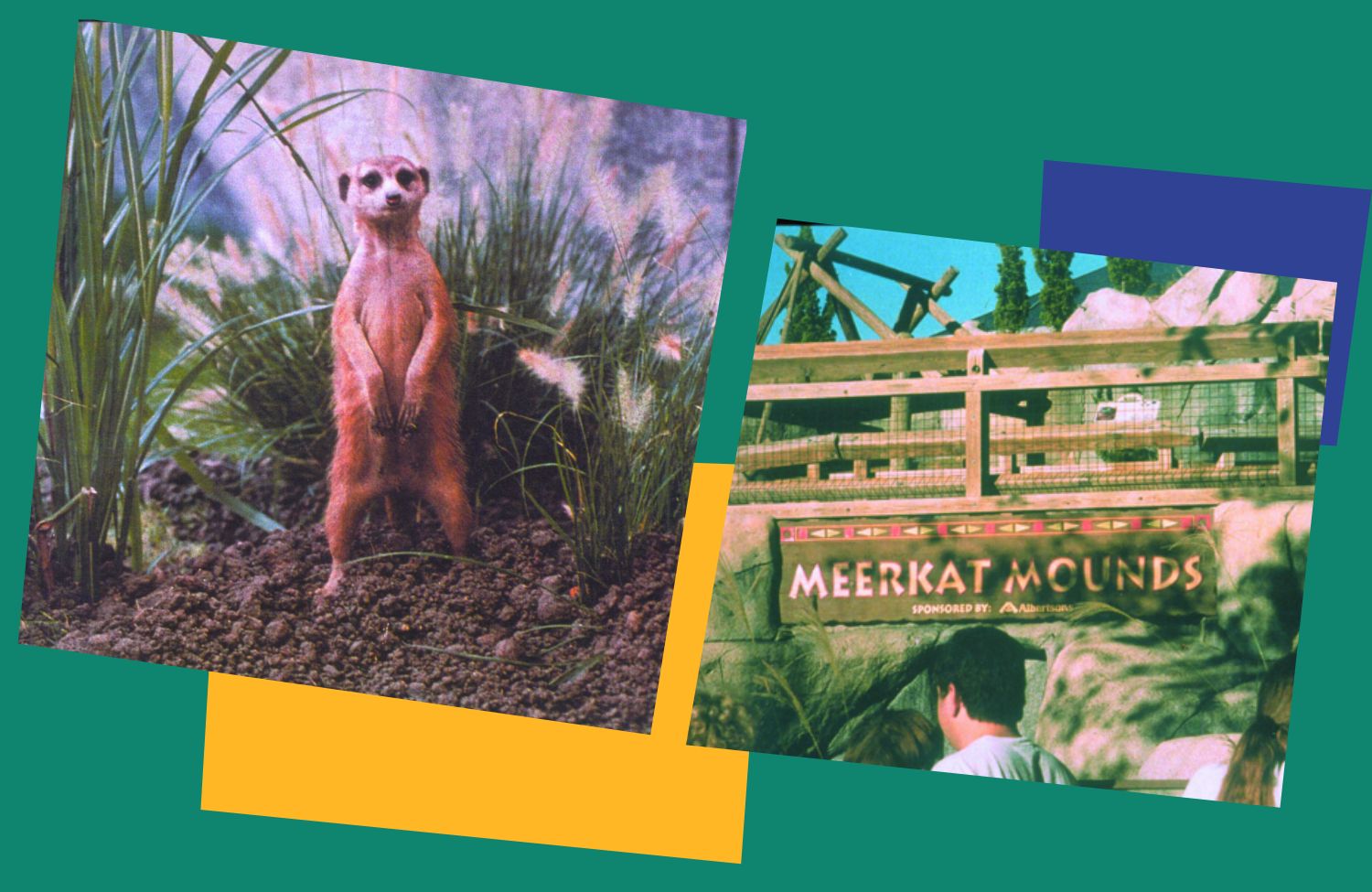
1998
- The arrival of Bluebonnet, the first Asian elephant to be born at the Zoo, marks a significant milestone as the beginning of the Zoo’s commitment to the conservation of Asian elephants at home and in the wild.
- The International Elephant Foundation is established with the Fort Worth Zoo as one of the founding members. This global organization is dedicated to the survival of the world’s elephant species through conservation, field work and research.
- Burnett Animal Health Science Center opens. Having a full-service veterinary hospital on Zoo grounds elevates the level of care the animals receive.
- The Zoo establishes a focus on conservation of the Anegada iguana. Since the program’s inception, the Anegada iguana population in the wild has doubled.
- The first annual Zoo Run is held as a way to offer the community another family-friendly event. Proceeds from Zoo Run also contribute to the Zoo’s local and global conservation and education efforts.

2000
- The Zoo partners with the Texas Parks & Wildlife Department to focus on the conservation of the threatened Pecos pupfish.
- The Zoo receives the Association of Zoos & Aquarium’s (AZA) International Conservation Award for its Jamaican iguana conservation program.
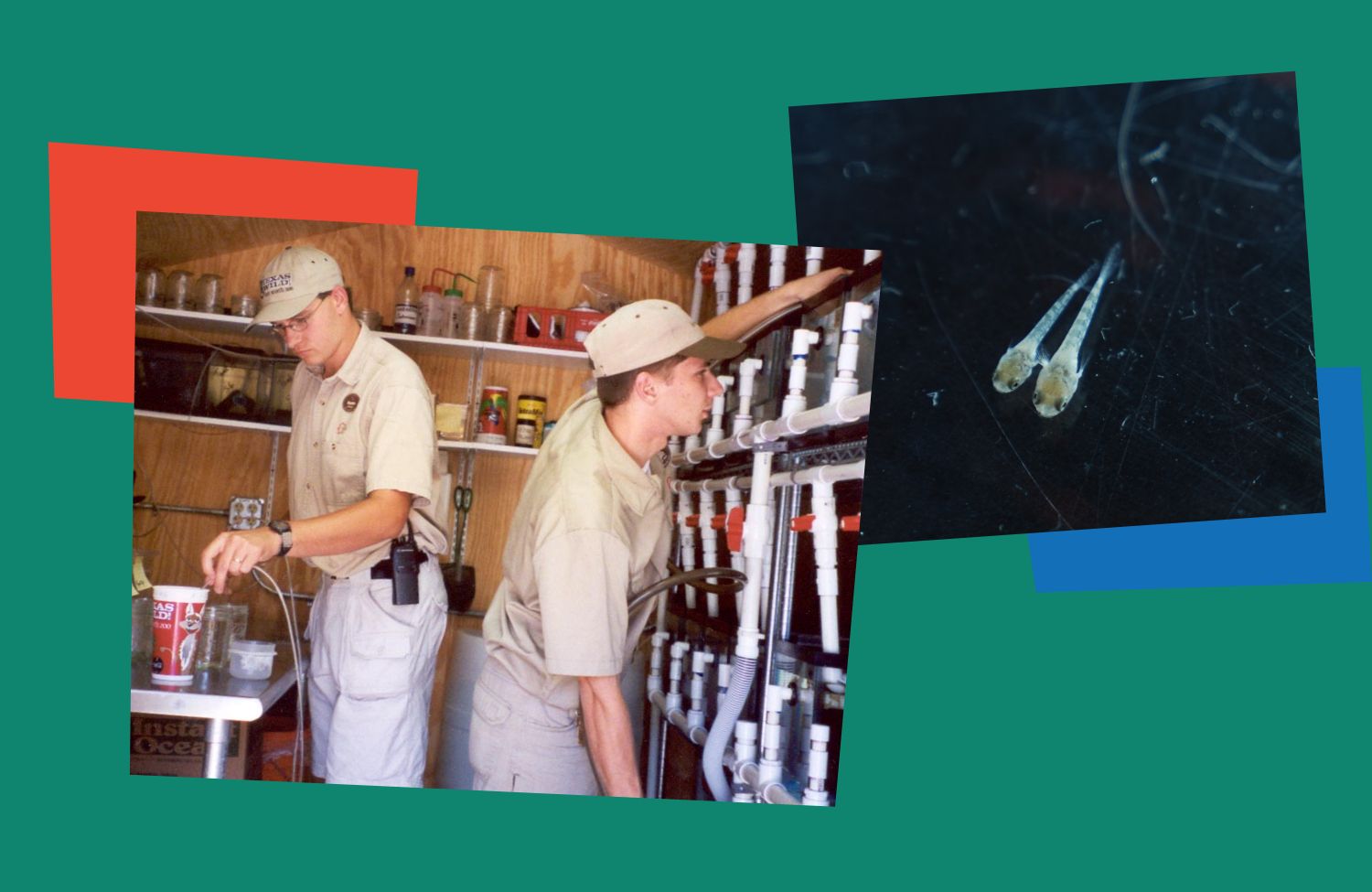
2001
- Michael Fouraker becomes executive director of the Fort Worth Zoo.
- Texas Wild! opens. This 8-acre space is home to nearly 300 animals. Texas Wild! is complete with educational hands-on interactives, three movies and countless experiences highlighting animals from six regions of Texas. The state-of-the-art habitats allow visitors to explore the Lone Star State in one day and to learn about the abundant and diverse wildlife in our own backyard.
- The Zoo opens an on-site nutrition building, housing a state-of-the-art kitchen – which prepares approximately 600 meals daily to feed nearly 7,000 animals – and a nutritional services lab – which operates a quality-control program to make sure animals are receiving the healthiest diets possible. The Fort Worth Zoo is one of only four institutions to have its own nutrition lab on property.
- The Seeligson Conservation Fund, which dedicates monies to organizations and individuals whose work benefits native Texas species, is established. This fund honors the memory of Arthur A. Seeligson Jr., Ramona Bass’ father. It represents the spirit behind Texas Wild!, which teaches the importance of land stewardship and of conserving the biodiversity found in our own backyard.

- Texas Wild! receives an international Themed Entertainment Association’s (TEA) Outstanding Achievement award for “representing excellence, innovation and leadership in the creation of compelling places and experiences.”
- To enhance guest experience, the Yellow Rose Express pulls out of the Safari Depot for the first time and serves not only as a fun, unique attraction, but offers visitors a quick and efficient way to get from the Zoo entrance to Texas Wild!.
- Fort Worth Zoo staff founds the International Iguana Foundation, established to ensure the survival of iguana species through conservation, awareness and scientific programs that enhance the survival of wild iguanas and their habitats.
- Fort Worth Zoo staff founds the Turtle Survival Alliance (TSA). The TSA transforms passion for turtles into effective conservation action through a global network of recovery, rehabilitation and release programs.
- The Zoo establishes a focus on the conservation of the Puerto Rican crested toad.
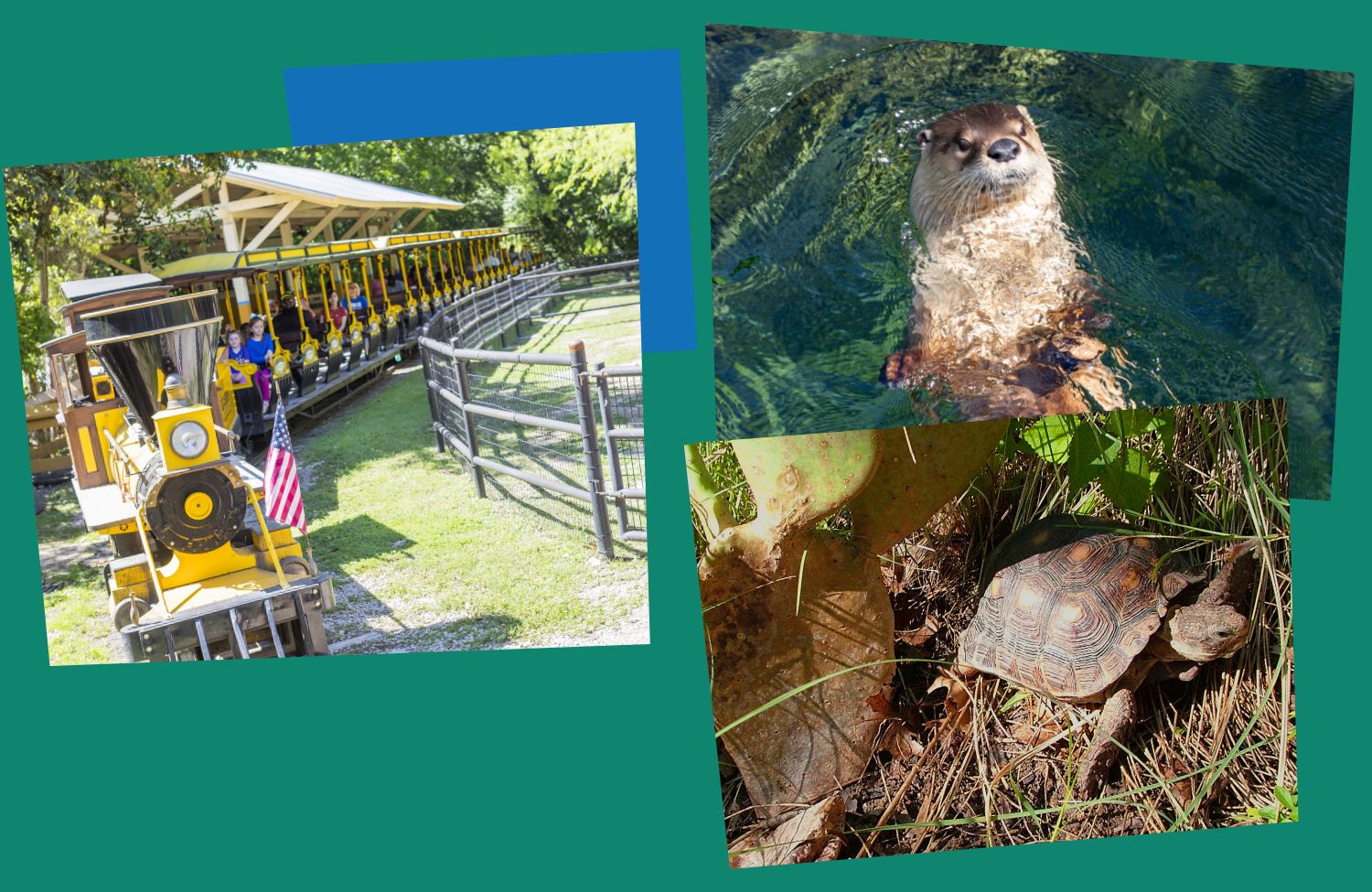
2004
- Parrot Paradise, a walk-through aviary, opens. (This space is now closed due to Phase Three construction.)
- The Zoo receives AZA’s North American Conservation Award for Puerto Rican crested toad conservation work.
- Zoo staff celebrates the first hatching of a lesser flamingo. This species is notoriously difficult to breed in managed populations. After years of perfecting husbandry and breeding conditions, the Fort Worth Zoo is the only institution to annually breed lesser flamingos successfully.

2005
- The Great Barrier Reef opens.
- The Zoo establishes a focus on conservation of the Chiricahua leopard frog.
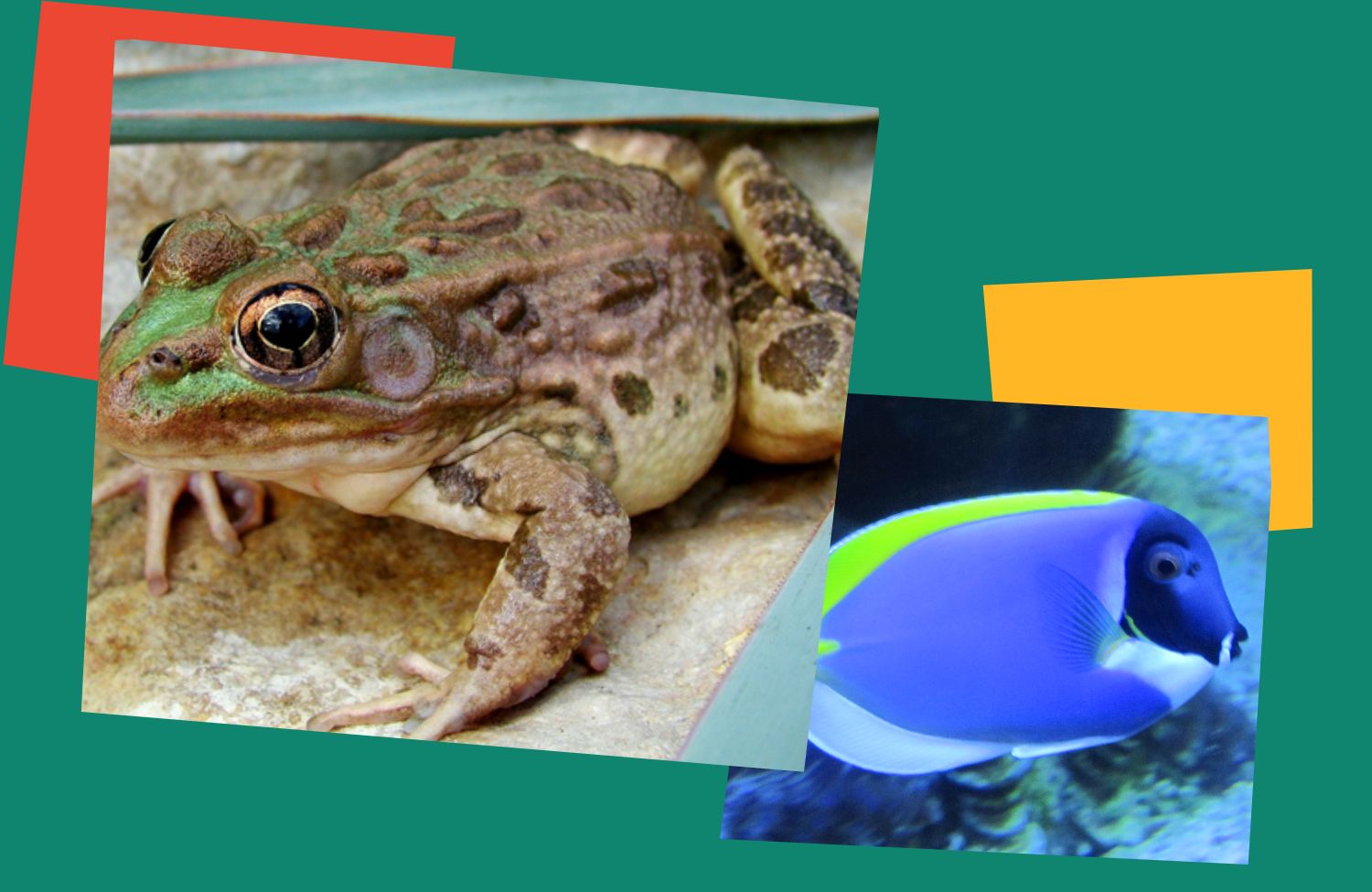
2006
- The Zoo founds the International Bongo Foundation to support and operate bongo conservation, breeding and education programs, with an emphasis on reintroduction, intensive management, protection and scientific research.

2007
- The Zoo hosts the first annual Beastro, a live music and tasting event. All proceeds contribute to the Zoo’s conservation and education efforts locally and around the world.
- Zagat survey names the Fort Worth Zoo the No. 1 family attraction in the DFW Metroplex.

2008
- Penguins opens and is dedicated to two species, African and rockhopper.

2009
- The Fort Worth Zoo is named the No. 5 zoo in the nation by USA Travel Guide.
2010
- Ramona Bass receives the Botanical Research Institute of Texas Award of Excellence for her commitment to conservation and the Fort Worth Zoo.
- The Zoo opens its new state-of-the-art herpetarium, the Museum of Living Art (MOLA). This 30,000-square-foot, indoor/outdoor herpetological facility houses about 200 species, representing about 5,000 animals and includes dedicated spaces for the conservation of some of the world’s most endangered species. This world-renowned habitat changes the way that reptiles and amphibians are cared for within a managed collection. MOLA replaces the Zoo’s old herpetarium built in 1960.
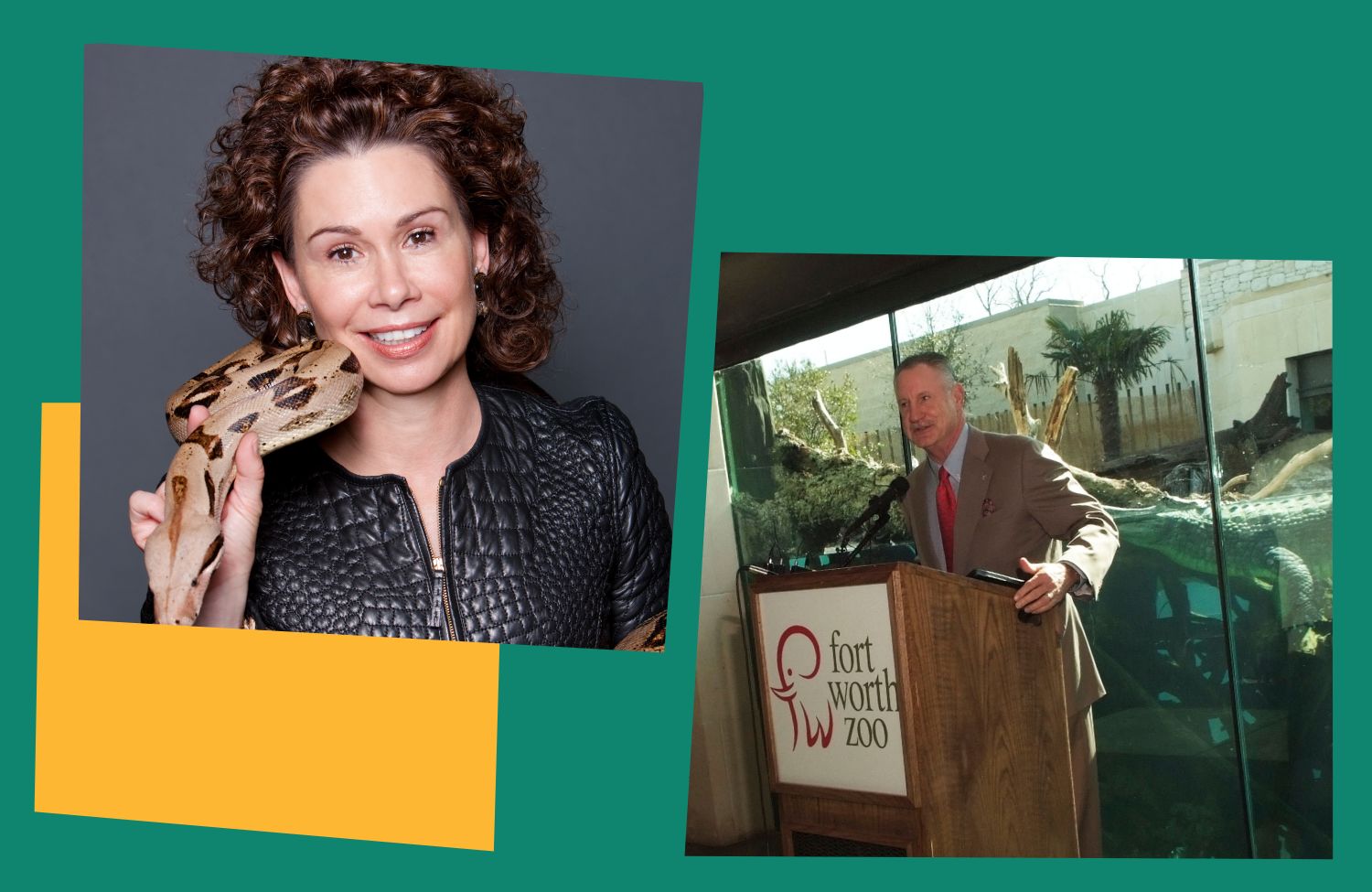
- Iggy, the 40-foot-long, 2,600-pound iguana created by the iconic artist, Bob “Daddy-O” Wade, is flown over Forest Park and the Zoo to celebrate the opening of MOLA. (Iggy now resides atop the Burnett Animal Health Science Center.)

- The Fort Worth Zoo is a founding member of the Caribbean Wildlife Alliance, dedicated to the conservation of the Caribbean’s native wildlife.
- The Zoo establishes a focus on conservation of the Houston toad. The Zoo is one of only four institutions working to conserve this toad. To date, more than 600,000 tadpoles and eggs have been released into the wild.
- The Zoo establishes a focus on conservation of the Roatan spiny-tailed iguana.
- The Zoo establishes a focus on conservation of the Turks and Caicos iguana.
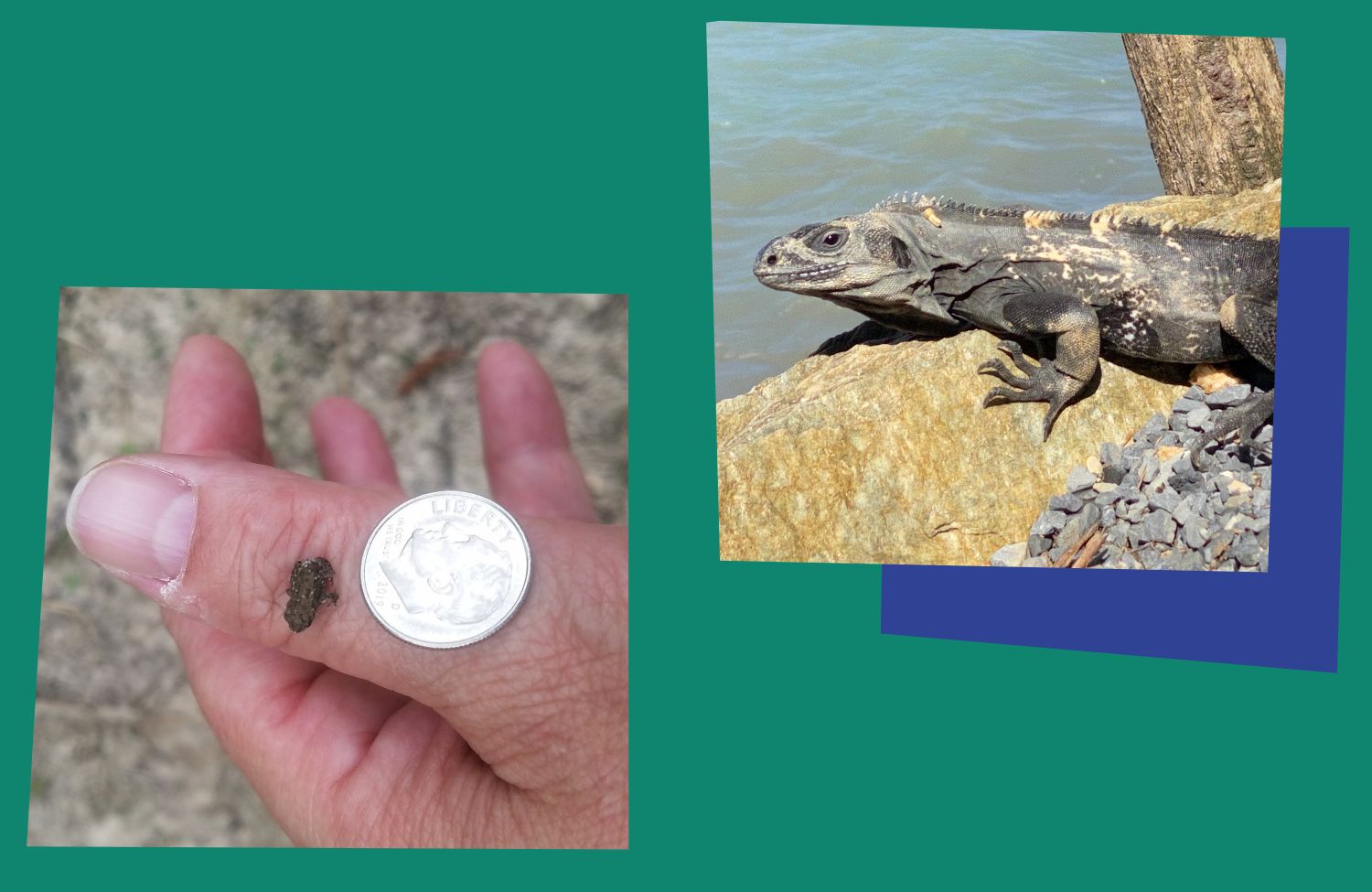
2011
- The Zoo establishes a focus on conservation of the iconic, native Texas horned lizard (horny toad). The Zoo is the first to successfully breed and hatch this species for release into the wild and, to date, more than 1,000 lizards have hatched.
- The Zoo receives AZA’s Top Honors in Exhibit Design for the creation of the Museum of Living Art (MOLA).

2012
- To enhance educational opportunities in the Zoo, the Outdoor Learning Theater is built. In this space, guests can observe up close a variety of animals demonstrating their natural behaviors, as well as talk with zookeepers.
- Texas Nature Traders opens to encourage families to explore the outdoors and their own backyards. Traders bring in discovered objects and bank them for points or trade up for other unique artifacts.
- The Zoo establishes a focus on conservation of the Panamanian golden frog.
- The arrival of Asha, the first greater one-horned rhino born in Fort Worth Zoo history, is a conservation milestone that marks the Zoo’s commitment to the conservation of this species.

2013
- The arrivals of Belle and Bowie, the second and third Asian elephants born in Zoo history, solidifies the Zoo’s commitment to the conservation of this species. With Bowie’s birth, a three-generation herd is established at the Fort Worth Zoo. This is unique in managed populations and closely mimics herd dynamics in the wild.
- The Zoo receives AZA’s Outstanding Conservation Commitment Award for Puerto Rican crested toad conservation work.

2014
- Ramona Bass is recognized for her commitment to conservation and to the Fort Worth Zoo on Good Morning Texas.
- The Texas Native Reptile Center becomes a dedicated space on Zoo grounds to continue the conservation work of the Texas horned lizard and other native reptiles.
- FamilyFun magazine names the Fort Worth Zoo a Top 10 Zoo or Aquarium.

2015
- Safari Splash, the 14,000-square-foot water play area, opens and offers guests an opportunity to cool off before, during or after a trip through the Zoo.
- The Zoo establishes a focus on conservation of the Andean flamingo.
- The Zoo establishes a focus on conservation of the Louisiana pine snake. The Zoo is one of only four institutions working to conserve this species.
- The Zoo establishes a focus on conservation of the monarch butterfly.
- The arrival of Gus, the first western lowland gorilla born in Zoo history, is a conservation milestone that marks the Zoo’s commitment to the conservation of this critically endangered species.
- The Fort Worth Zoo is named the Best Zoo in Texas by Yahoo! Travel.
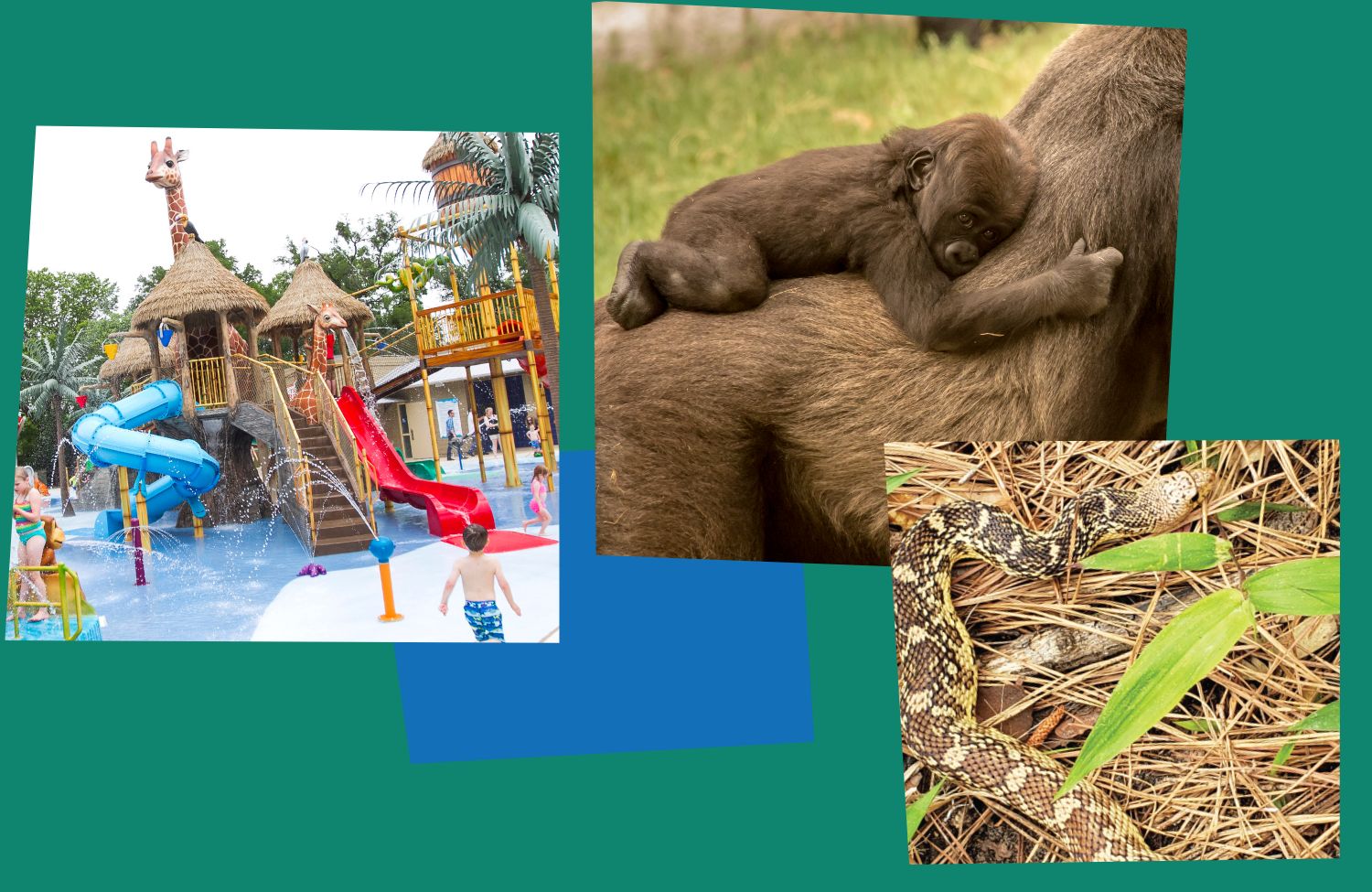
2016
- A Wilder Vision (AWV), the $130-million capital campaign and master plan, is announced. AWV includes renovated and reimagined habitats, new exhibit space, special events space, dining areas and, most importantly, new ways for guests to observe, interact with and learn about animals.
- This campaign is the single largest fundraising effort in Fort Worth Zoo history. Thanks to the generosity of many, the full $130 million was privately raised by Ramona Bass and includes a $30-million gift from the Lee and Ramona Bass Foundation.
- The Zoo establishes a focus on conservation of the Puerto Rican harlequin butterfly.
- The Texas Native Amphibian Center becomes a dedicated space on Zoo grounds to continue the conservation work with Houston toads and other native amphibians.

2017
- The Zoo establishes a focus on conservation of the Virgin Islands tree boa.
- The Zoo establishes a focus on conservation of Texas freshwater mussels.
- Eleven Komodo dragons hatch – the first Komodo hatchings in Zoo history. These hatchings are incredibly special as the animals introduced an entirely new set of healthy, diverse genetics into the Komodo dragon gene pool among managed populations.
- The Fort Worth Zoo is the first zoo in Texas to receive accreditation by American Humane Association (AHA).
- The Zoological Association of America honors the Zoo for its commitment to lesser flamingo conservation.
- The Fort Worth Zoo is voted a Top 5 Zoo in North America by a USAToday readers’ choice poll.
- Zoo staff traveled to south Texas to assist other institutions with Hurricane Harvey clean up and relief.

2018
- The first phase of A Wilder Vision, African Savanna, opens. This 10-acre, multispecies habitat includes renovated spaces that enhance the lives of the animals that live there, and also the guests’ experiences by allowing them to get closer to these animals than ever before.
- The Zoo establishes a commitment to the conservation of the Texas kangaroo rat.
- The Texas Native Wildlife Center is established on Zoo grounds to continue the conservation work of additional Texas-native species like the Texas kangaroo rat and Louisiana pine snake.
- The Fort Worth Zoo is voted a Top 5 Zoo in North America by a USAToday readers’ choice poll.

2019
- The Zoo joins a coalition of North American zoos and aquariums to house an assurance colony of Florida Reef Tract corals. The corals in this stretch of the Gulf of Mexico are threatened and disappearing at an alarming rate. The Zoo is managing 30 distinct corals until they can be returned to their native range.
- The Toyota Children’s Ranch and Petting Corral opens in Texas Wild!. In this space created for little ones, visitors are able to share space with goats and sheep and interact with other barnyard favorites. This habitat includes messaging that encourages visitors to coexist harmoniously with wildlife and be responsible stewards of the land.

- Olaf, the first Puerto Rican crested toad produced via IVF using frozen wild-caught semen, hatches. This hatching is significant in that it can enable researchers to expand the gene pool of viable toads for breeding while allowing the animals to remain in their original, wild habitat.
- Zoo staff travels to South Africa to assist in an international effort to save abandoned flamingo chicks in drought. While there, staff teaches the rescue teams vital chick-rearing techniques and diet preparations to use with the wild flocks.
- Ramona and Lee Bass are inducted into the Texas Parks & Wildlife Foundation’s Texas Conservation Hall of Fame for their dedication to the conservation of wildlife and their commitment to the Fort Worth Zoo.
- The Fort Worth Zoo is voted a Top 5 Zoo in North America by a USA Today readers’ choice poll.
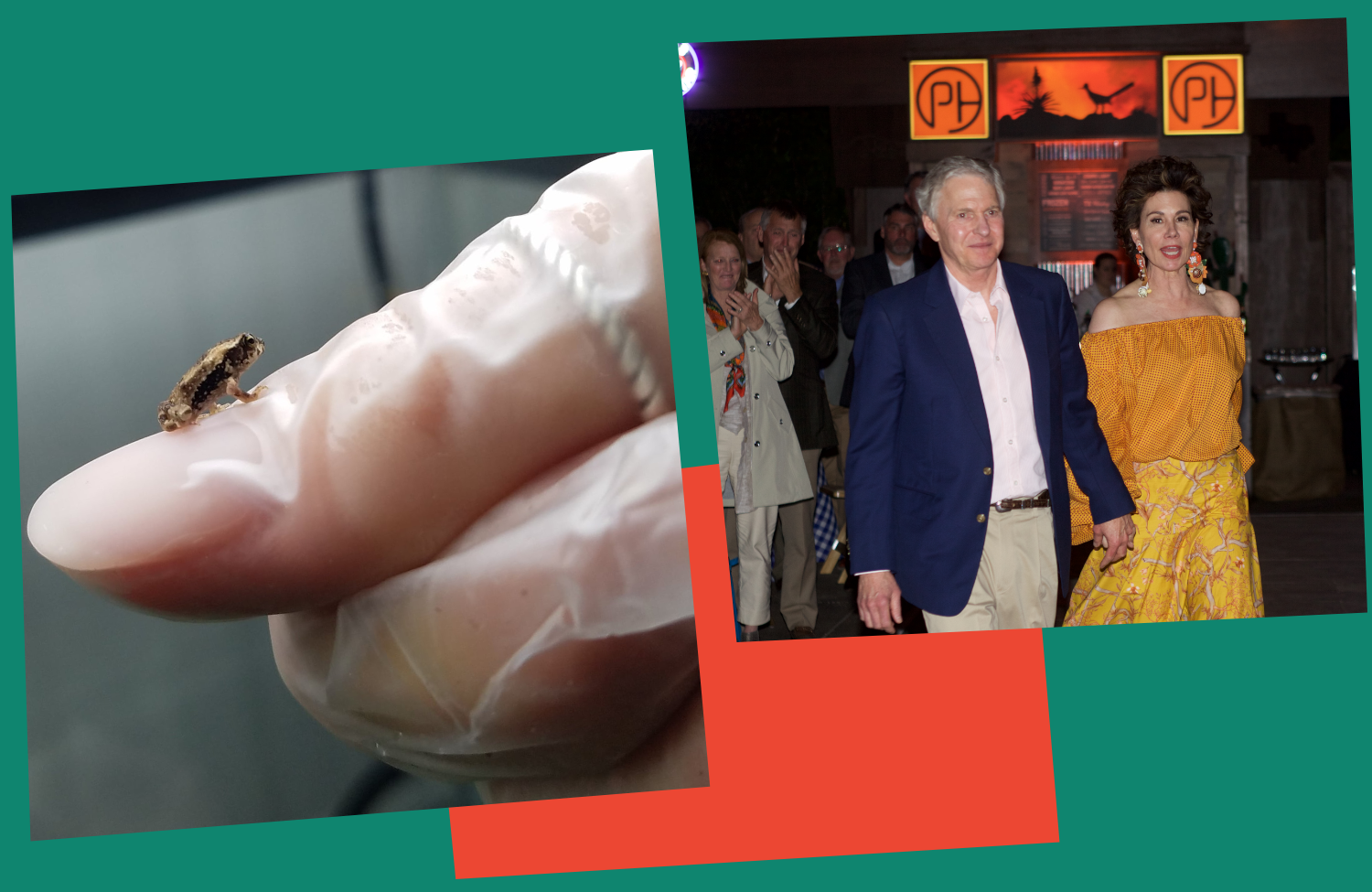
2020
- Fort Worth Zoo establishes Zoo Disaster Response, Rescue and Recovery (ZDR3), which has grown to become the largest zoological response organization in the United States. As an industry-led effort, ZDR3 provides support to zoos, aquariums, sanctuaries, and other exotic animal businesses before, during, and after significant incidents and natural disasters.
- In an effort to become an accessible space for everyone to enjoy, the Zoo becomes the first zoo in Texas to be named a Certified Autism Center™.
- The Fort Worth Zoo is voted the No. 1 Zoo in North America by a USAToday readers’ choice poll.

2021
- Elephant Springs opens. The second of four phases of A Wilder Vision, this habitat triples the space and includes numerous enriching activities for the herd and enhances guest experience. This habitat further solidifies the Zoo’s commitment to the conservation and management of this species here at home and in the wild.
- The Central Market Playbarn and Hudson Foundation Kiddie Corral are renovated and reopen to guests with new and improved interactive games, graphics and play spaces for the Zoo’s tiniest visitors.
- The Zoo is the first ever to successfully breed Texas kangaroo rats and has since produced five kits.
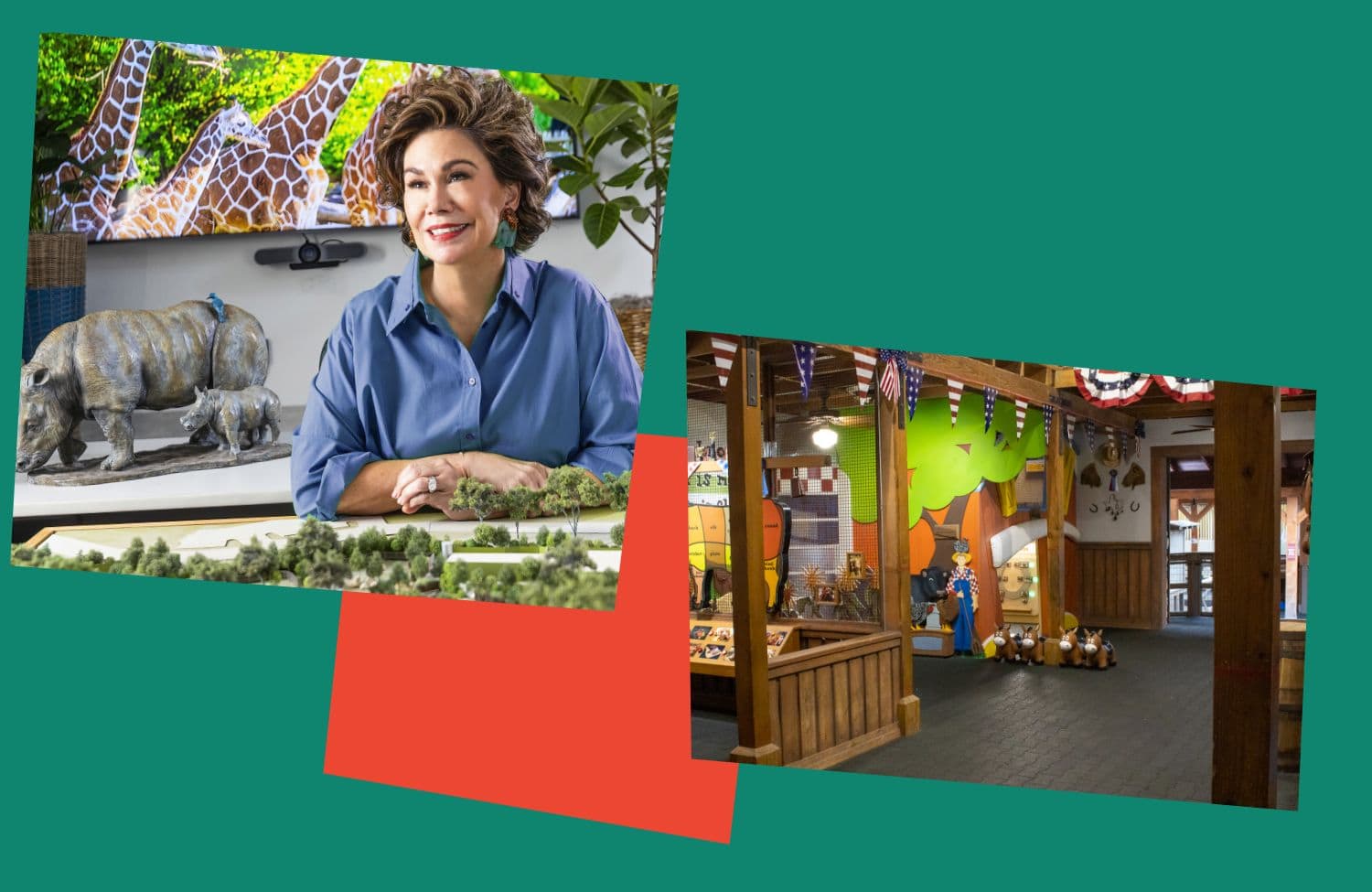
- Brazos – the fourth Asian elephant calf in Zoo history – is born. This calf is an incredible conservation success story and adds to the three-generation herd living at the Fort Worth Zoo.
- The Zoo is named one of the “World’s Greatest” by BloombergTV.
- Elephant Springs receives an international Themed Entertainment Association’s (TEA) Outstanding Achievement award for “representing excellence, innovation and leadership in the creation of compelling places and experiences.”
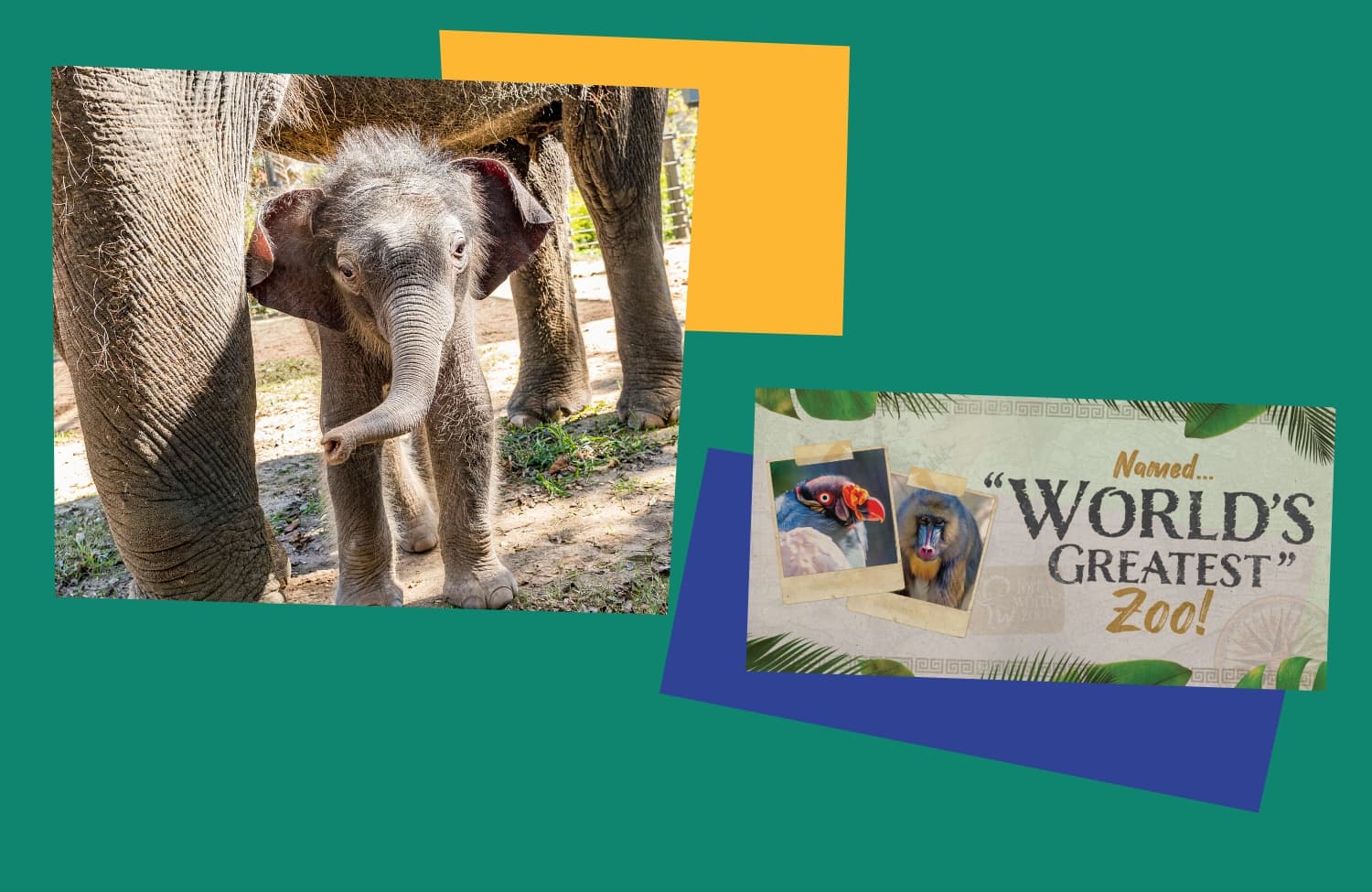
2022
- The Fort Worth Zoological Association celebrates its 30th anniversary of the “New Zoo in ’92!”
- The International Bongo Foundation and the Zoo are part of a global effort to release bongos back into the wild on Mount Kenya.
- The Women in STEM pavilion opens. This space is dedicated to the many women working in science, technology, engineering and math careers within the animal care and conservation fields.
- Pamela White EEHV Lab opens. The mortality rate of Asian elephants with EEHV among managed populations in North America is up to 65%. Elephants in the wild are just as susceptible to this disease. This center was created to enhance the care that the elephants receive here at the Zoo and to be able to assist other zoos in North America as well as populations in the wild. This PCR (Polymerase Chain Reaction) laboratory will perform tests that show the presence of virus before physical signs are present; at which point, it’s almost too late to save the elephant. Most cases of EEHV hemorrhagic disease occur in young elephants between 1 and 8 years old. Early treatment is literally lifesaving.

2023
- Predators of Asia & Africa opens. The third phase of A Wilder Vision, this habitat features expanded spaces for the African lion and Sumatran tiger, as well as habitats for new species like the clouded leopard and African leopard. Predators of Asia & Africa further solidifies the Zoo’s commitment to the conservation and management of big cats here at home and in the wild.
- Travis – the fifth Asian elephant calf in Zoo history – is born. Travis is Belle’s first calf (and half-brother to Brazos) and he adds to the three-generation herd living at the Fort Worth Zoo.
- Four gharial crocodiles hatch; a first in Fort Worth Zoo history and only the second hatching in the United States. There are fewer than 40 individuals living among nine institutions in North America. These hatchlings introduce a new bloodline and diversify the gene pool among the critically endangered species in professional care.
- Moja is born, the first African lion birth since the opening of Predators of Asia & Africa habitat. The birth of Moja is a conservation success for the vulnerable lion population as well as another advancement in diversifying the African lion bloodline in the United States.

